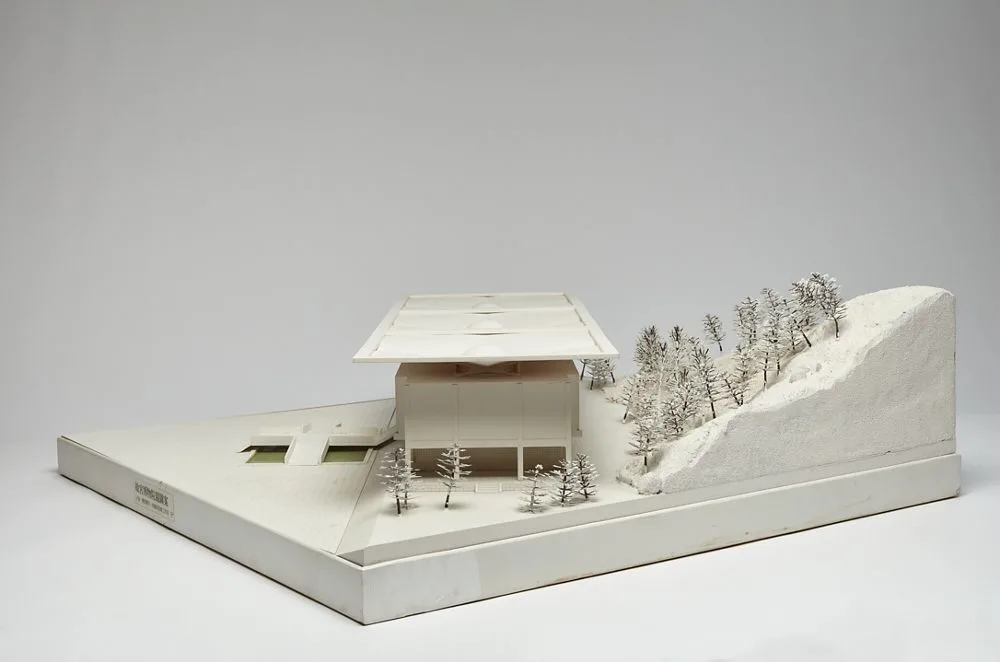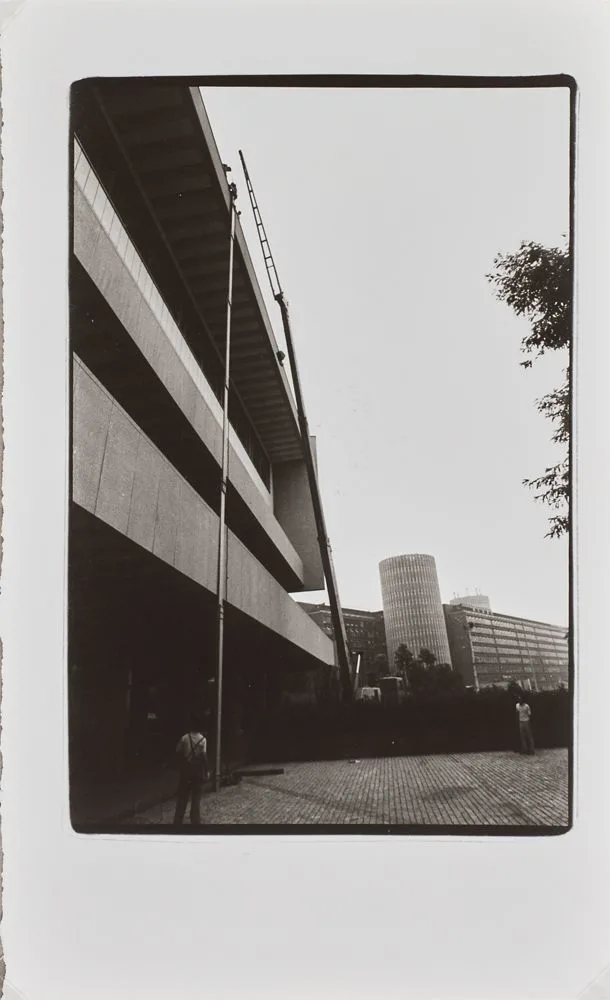
Traditionally, a museum is an institution dedicated to acquiring, preserving, studying, and exhibiting objects of enduring interest or value. Museums share similarities with gallery buildings and temporary structures like pavilions at expositions. Modern museum architectures continue to reflect architects' concepts through various architectural styles and features. However, museums have evolved into vibrant cultural and social hubs within cities. When designing a museum building, there is a greater emphasis on facilitating interactions among people, engaging audiences, and encouraging exploration. Moreover, there is a growing trend of repurposing old or historical buildings for museum or exhibition purposes.

Wang Dahong, Dahong Wang & Associates
Model, Competition submission for the Palace Museum (1960–1961), Taipei, Taiwan
2006

Beijing Institute of Architectural Design, Zhang Bo
East Entrance Gallery Column of the Great Hall of the People
1959

Anzai Shigeo
Kishio Suga, August 1970—Aspects of New Japanese Art, The National Museum of Modern Art, Tokyo, August, 1970
1970

Steven Holl Architects, Steven Holl
Study Model, Sifang Art Museum (2003–2013), Nanjing, China
2004

URBANUS
Computer sketch, site plan, Dafen Art Museum (2005–2007), Shenzhen, China
[2005], migrated 10 May 2005

Alan Fitch, W. Szeto & Partners
Photographs, plans and sections, Hong Kong pavilion at Expo '70 (1968–1970), Osaka, Japan
[1969]

Wang Dahong, Dahong Wang & Associates
Negatives, floor plans, elevations and sections, competition submission for National Palace Museum, Taipei, Taiwan
[circa 1961]